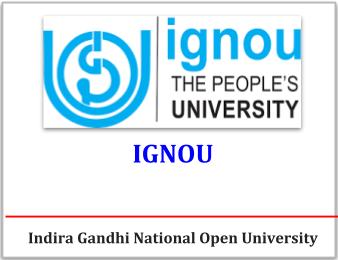(HOT) UPSC Current Affairs 2025 PDF
NEW! The Gist (NOV-2025) | E-BOOKS
IGNOU HISTORY NOTES : History Of China and Japan (1840-1949) - Modernization in Japan -3

IGNOU HISTORY Study Notes for IAS, UPSC Exams
History Of China and Japan (1840-1949)
Modernization in Japan -3
Structure
12.0 Objectives
12.1 Introduction
12.2 The Meiji Restoration and the Economy
12.3 The Initial Phase of Economic Development
12.4 Building the . Infrastructure
12.5 The Development of Trade Unions
12.6 The Rural Areas
12.7 Assessment
12.8 Let Us Sum Up
12.9 Key Words
12.10 Answers To Check Your Progress Exercises
12.0 OBJECTIVES
After reiding thi; Unit you will be able to :
- know about the characteristit: features of Japan's pre-modern economy and its transformation in the Meiji period,
- know about the building uplof a modem industrial infrastructure,
- understand the economic palicies of the Meiji period,
- familiarise yourself with the growth of labour unions and factory legislation,
- learn about developments in agriculture, and
- understand the role of the state in promoting economic growth.
12.1 INTRODUCTION
The economic transformation of Meiji Japan has evoked a great deal of interest
and attention because Japan represents the most successful att pt at
industrialization by an Asian country. This success has led ~~ olm to examine
the policies and programmes adopted by Meiji leaders in this regard. Ther- 9,;s
been an extensive debate on whether Westernization and modernization mean
the same thing and the example of Japan shows that an industrial society need
not necessarily come to resemble the Western society. In the earlier Units also
you have read about this particular aspect.
The question of how far the pre-modern economy of Japan contributed to
Japan's modern growth is also a complex one. Economic historians are not of
one opinion on the question. But most of them recognize that extensive
development of economic institutions and practices had taken place which made
it possible to build a modern economic organization with remarkable speed and
dispatch.
The international situation also played a role in this. Though Western
imperialist pressure in a sense created a crisis, Japan pas able to use the
breathing space rapidly and effectively to create a prosperous economy.
Moreover, access to technology and skills was not restricted and Japan could
send its leaders out to shop for appropriate skills and materials.
Finally, it must be remembered that though Japan is poor in resources, it had
sufficient coal deposits and nineteenth century industfialization was based on
coal.
This Unit discusses the economic condition at the time of Meiji Restoration and
goes on to explain the policies of the Meiji leaders. The Unit also takes into
account the agricultural reforms as well as the efforts of the state in the field of
industrialisation. The role of banking institutions and foreign trade has also
been discussed. As a result of rapid industrialization there also emerged a labour
movement under the trade unions. The Unit also deals with the governments'
policies in this regard.
Click here to download full Chapter
Courtesy: eGyanKosh


